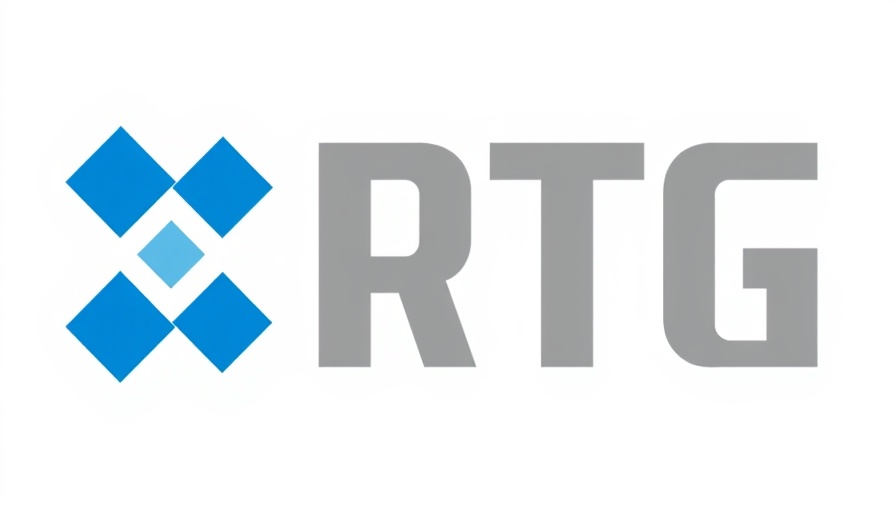
University of Houston Football: A Balancing Act of Revenue and Expenses
The University of Houston (UH) football program made headlines this past season, not just for its performance on the field but for significant financial losses, marking a staggering $9 million deficit during its inaugural season in the Big 12 Conference. The financial disclosure marked the reality of how even the most promising college sports programs can face substantial economic challenges despite surges in revenue.
Understanding Revenue Fluctuations in College Sports
While many sports fans associate college football with bustling game-day atmospheres and exciting action, the financial landscape is much more complicated. The UH program saw a significant uptick in its revenue, fueled by increased ticket sales and heightened media attention from joining a Power Five conference. However, expenses outpaced revenue, primarily due to the high costs associated with marketing, facility upgrades, and an increased depth of the coaching staff. Understanding the dynamics behind these financial fluctuations is critical for stakeholders and fans alike, as they often paint a more nuanced picture of a season's success.
Comparative Financial Insights from Texas Universities
UH was not alone in its struggles; it was one of only two public universities within the Big 12 that reported a financial loss during the past football season. According to data from the Texas Higher Education Coordinating Board, other universities like Texas Tech and Baylor also reported revenue shortfalls despite their own respective increases in attendance and related income. This situation invites a larger conversation regarding the sustainability of college football programs and how schools adapt their financial strategies in response to changing conference dynamics.
Investing in the Future: Facilities and Programs
Despite the financial hiccup, investments in facilities are critical for cultivating a strong football program. The UH athletics department recently unveiled a new $130 million football facility that promises to enhance training, player development, and overall team performance. Such investments are intended not only to boost immediate program performance but to create long-term value by attracting top-tier recruits and generating additional revenue streams from hosting events and sponsorships.
Impact on the Houston Economy: A Broader Outlook
As a significant player in the Houston sports landscape, the financial health of UH football has broader implications for the local economy. The loss faced by the university could lead to a ripple effect impacting local businesses that rely on game-day traffic, including restaurants and retail shops. According to economists, successful college sports teams can drive economic growth via increased spending and tourism. As such, it is essential to monitor how the university navigates its financial challenges and the potential fallout on Houston's economy.
Local Business Implications in Houston's Competitive Market
The financial state of UH football reflects larger trends within the Houston job market and business climate. As Houston continues to grow as a hub for diverse industries—including technology, energy, and healthcare—the performance of local institutions like UH can influence investor confidence and help shape the evolving economic landscape. Local business leaders should consider this correlation when crafting strategies for investment and growth, particularly regarding sponsorship opportunities tied to athletic programs.
The Future: Identifying Financial Strategies for Success
Moving forward, UH must reflect on its financial strategies and identify actionable steps to mitigate losses in the future. This could involve exploring new revenue streams such as enhanced marketing partnerships, community engagement initiatives, and active participation in business networking events across Houston. For example, joining local chambers of commerce and networking events can allow UH to create synergies with local businesses that can lend support.
Call to Action: Engage with Local Business Networks
As the financial dynamics of college sports continue to evolve, stakeholders must leverage local business relationships to strengthen support systems. Engaging with local chambers of commerce and attending business expos can provide valuable insights and potential collaborations that benefit everyone involved. For residents and entrepreneurs in the Houston area, getting involved with such networks is crucial not only for lasting business growth but also for contributing to the vibrancy of the University of Houston's athletic programs.
In conclusion, the financial journey of the University of Houston football program exemplifies the complex interplay of revenue, expenses, investment, and economic impact within the collegiate sports arena. As we look forward, it will be interesting to observe how the university navigates these challenges while remaining a vital part of the Houston business community.
 Add Element
Add Element  Add Row
Add Row 



Write A Comment